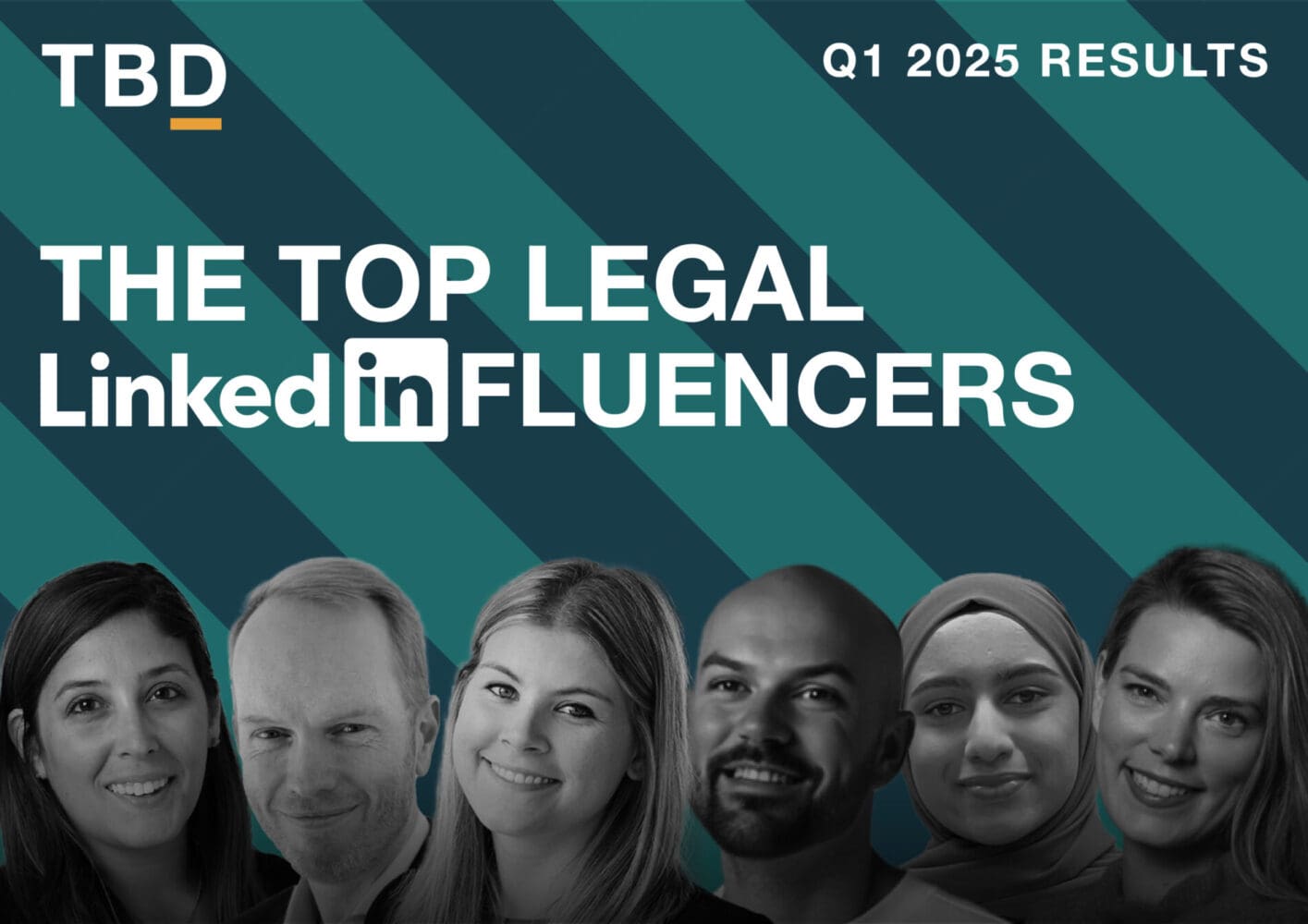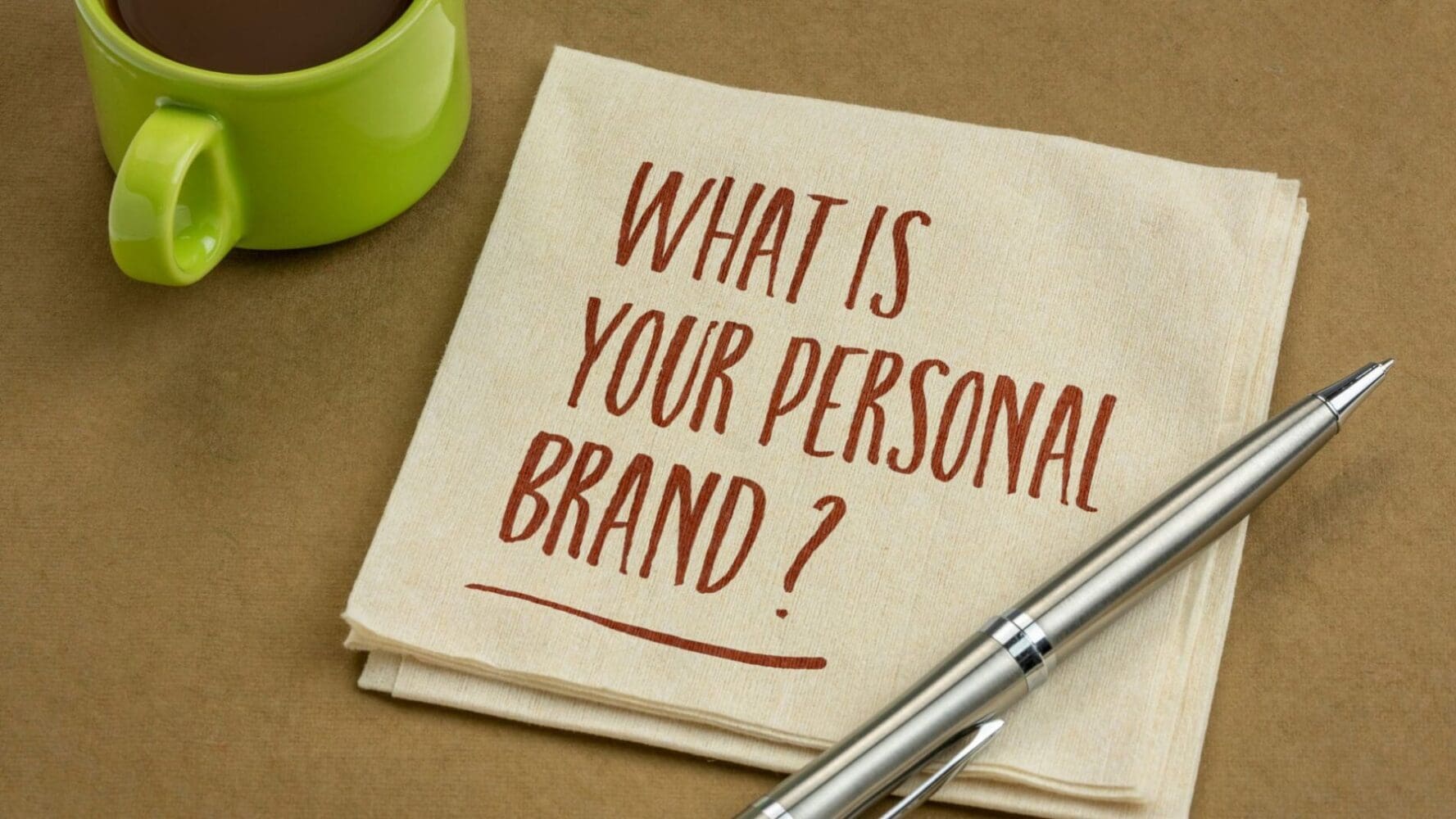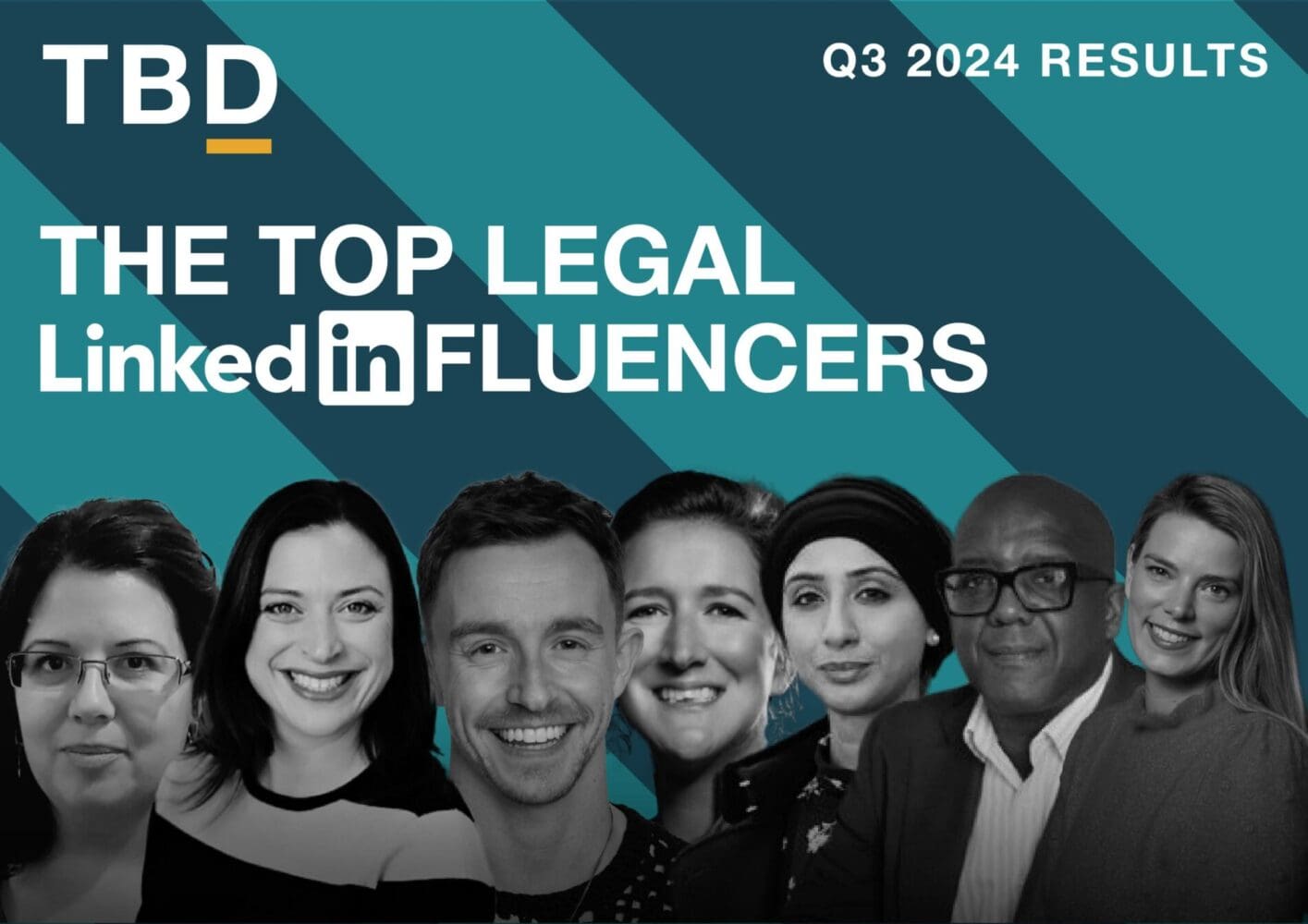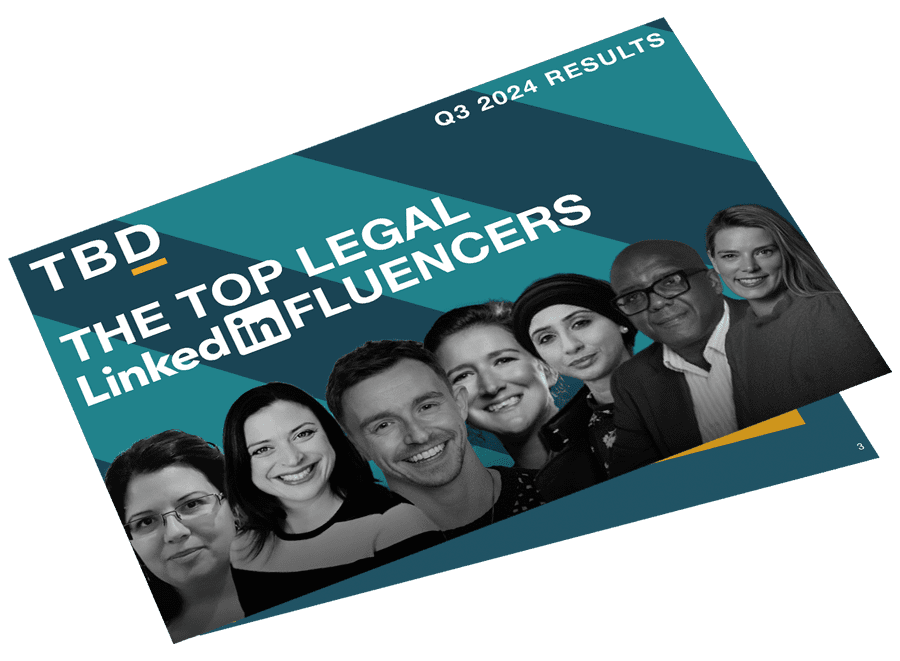Are you sitting comfortably? Then I’ll begin. Once upon a time, there lived a comely youth whose heart was full of innocent enthusiasm for his work within the legal sector, but whose mind was prey to occasional bouts of foolishness.
One fine day, this well-meaning but sporadically wrong-headed lad was tasked by his mates to run an event at which august members of legal marketing community would get to present their ideas. In addition to organising this great occasion, our hero was given the honour of sharing before the assembled personages his own thoughts on matters pertaining to his beloved industry.
And so he prepared for his moment in the spotlight. He planned to stand up proudly before his expectant audience at the event he had himself so painstakingly organised and say “In my humble opinion, this should be the last event our industry ever runs, because events as they are currently run are a waste of everyone’s time, effort, money and energy.” Oh the temerity!
Yes, you’ve guessed it by now: that young idiot was me. And if this had truly been a tale set in the time of Dick Whittington, I have no doubt that my foolishness would have seen me placed in the stocks and pelted with rotten cabbages by the townsfolk. But as this was real life, I managed to awake in time from my fever dream and cancel the event, neatly avoiding the awaiting public ignominy.
As much as I cringe to recall this potentially very public moment of youthful folly (though not that youthful: for “lad”, read “man in his early forties”), I would still contend that my approach to events – albeit overly simplistic – was based on frustration and a logic that is not entirely flawed.
For it is as true now as it was then that many law firm events often involve little or no formal pre-planning or follow-up, and so fail to deliver ROI for the firm involved. Yet the hard costs (never mind the soft costs) incurred by law firms for running poor events can be eye-watering.
There’s a huge loss of momentum when we invest time and money in an event and then make the mistake of focusing on the quality of the canapés rather than the quality and quantity of the outcomes which we’re trying to produce.
And worse still, sometimes our sponsors think we need to run more events cast from exactly the same mould, because “the last one didn’t produce enough of the right outcomes”. As if doubling down like this could ever get us to the promised land. No. That way, madness lies.
Events done right
Anyway, now that I’m a little bit older, wiser and no longer all-in on digital and PR Demand Gen, my thinking on events has evolved from my misguided “let’s just not bother” stance. I now conceive of them as the essential bridge between marketing and business development and, therefore, as something that needs to be nurtured and cherished.
This week, my thoughts inevitably turned to the vexed question of how to do events properly by attending not just one but two absolute corkers, where all the right ingredients came together.
To my way of thinking, events people are the lynchpin between marketing and sales; sadly, however, they don’t always get asked to perform as such and end up hamstrung as a result. That is definitely not the case with my friend and former teammate Debbie Leeland, the Events Marketing Manager at Moore Barlowand the person behind the brilliantly run Cowdray Gold Cup (polo, darling), which I was lucky enough to be invited to on Tuesday.
Debbie is a great example of someone who understands their role in sustaining existing client relationships and delivering new revenues to the business through the medium of brilliantly run events. And so too is Gail Jaffa, who oversaw a wonderful day of fresh thinking with this week’s PSMG Conference (ably assisted by Milly Sutton), which I attended the day after hanging out with the Moore Barlow gang and their delightful guests.
The keynotes sparkled (which is not to say that I agreed with them wholeheartedly on every point), and the breakout session on AI run by Sam Stamp was exemplary – the benchmark for how our own lawyers should run their knowledge transfer and thought-provoking sessions.
I learned some new things (which isn’t always guaranteed at a conference) and thoroughly enjoyed the networking side of things – not many events manage to combine an educational and a relationship–building element, and certainly not so successfully. So, bravo to Gail and her team!
The secret sauce to great law firm events
So, what makes for a great event? Distilled to its essence, any law firm event worth the time and effort it takes to organise (and attend) will consist of some combination of these three ingredients: logos, ethos and pathos. Or to put it in less high-brow terms: it’s about leaving attendees feeling intellectually engaged, moved and inspired.
To my mind, this begins with running fewer events, more effectively: quality, not quantity, in other words. And for each event, you have to have solid and convincing answers to these key questions:
- What do we want to achieve with this event? The desired outcome should be a commercially productive one. If the objective yo’ve set sounds too generic (“raise our profile”) then it needs revisiting. Take the time to spell it out in specific terms, and you will inevitably discover that it boils down to something like this: demonstrating expertise (ethos), raising awareness of an issue (logos), or showing vulnerability and availability (pathos). Or, better still, a combination of the three.
- Who is our target audience? This shouldn’t be a notional group of personae, but real people that you enjoy working with. You can have an aspirational version of your target audience in mind – perhaps people at a bigger firm with more spending power – but this should still be grounded in the reality of existing connections.
- What do they already know? The best way of finding this out is to ask your audience (not the people doing the speaking!) Share your idea with them, get their feedback, refine your event outline accordingly. This will already help to consolidate your network, because people love it when their opinion is deemed valuable enough to be sought out.
- What do we want them to know or do by the end of the event? This may be obvious when you define the event, but writing it down and reminding yourself of this (and the objectives) each time when you meet to consider the next steps on your event will keep it on track. Bonus point if you ensure that the step you want your audience to take isn’t too big (psychologically) or it won’t be “safe” for them to take.
Events: bridging the gap between marketing and BD
In the legal sector, we talk about marketing and BD – I would argue that a good event is a distillation of the two, sitting slap-bang in the middle of both activities.

Let’s delve into this a little deeper.
First, we need to get back to basics. For most practice areas, digital marketing is part of the mix but not the complete solution. It’s one way that we bring an issue to the attention of an audience. Equally, media relations, newsletters, website work, blogs and social media posts are all brilliant tools when used well. But for most of the lawyers we work for, the aim of each of these comms and marketing activities is the same: to get the reader into the room with our lawyers. And that’s a cheque that neither comms and marketing nor BD alone can write.
So, how do we bring the two parties into the necessary physical proximity? Through events, which represent an important stepping stone in the journey, precisely because they combine both marketing and BD:
- It’s the job of communications to make the audience aware of your law firm’s services. Comms creates an audience;
- Marketing then brings that audience to an event;
- Business development takes some of that audience out for a coffee; and
- Some of those coffee meetings then turn into work, thanks to sales.
What does this mean in practical terms? That marketing and BD need to work together better, and marketing needs to deliver the audience that BD wants to follow up with. BD needs to turn up to more of the marketing events and do its role of networking to make sure that they identify the right people to follow up with. And comms needs to bring issues to the attention of the right audiences, so that marketing can sell the right events to that audience, who want to know more. And events needs to undersdtans that it is the bridge between marketing and business development to refine an audience from 100 down to 10. In other words, a joined-up marketing and BD strategy is called for.
So there you have it. I obviously no longer think that all law firm events are entirely pointless, not least because I have recently attended some brilliant events myself and have seen the power they have to drive repeat and new business. But they cannot exist in splendid isolation from BD and marketing activities, for the simple fact that, when done right, they are an essential linking element between the two, making both activities stronger than the sum of their disparate parts.
Post of the week
Regardless of your political allegiances, I think we can all agree that the run-up to next week’s general election has been pretty turgid. Thank goodness for posts like this one from Mishon de Reya, which brings some much-needed levity to proceedings!
In other news
Are US firms taking over the City?
On Thursday, Law.com International reported on the rise of US firms such as Latham & Watkins, Kirkland & Ellis and Simpson Thacher & Bartlett, which – according to the publication’s latest ranking – have larger U.K. revenues than long-established British institutions such as Clyde & Co, Macfarlanes and Simmons & Simmons.
SRA investigating more than 20 law firms over Post Office scandal
Last Thursday, The Times wrote about the SRA’s probe into more than 20 firms and individual solicitors for potential professional misconduct in the Post Office saga, in which more than 700 sub-postmasters were wrongly prosecuted for fraud, theft and false accounting in what is believed to be the UK’s biggest miscarriage of justice. The news comes days after Jason Beer KC of 5 Essex Chambers was named The Lawyer’s Barrister of the Year for his role as the leading counsel to the Post Office Horizon IT Inquiry.
Many small and medium law firms have yet to adopt SQE
In an article published by Legal Cheek last Friday, it was revealed that over a quarter of SME law firms are yet to take up the Solicitor Qualifying Exam (SQE) as a route to qualification, according to a survey conducted by legal education provider BARBRI. Nearly half (44%) of respondents cited a lack of information for not making the switch – and I daresay that cost may also play a role, given the recently reported fears that the SRA will soon be deriving a significant proportion of its income from the SQE.
All hail Harvey
On Tuesday, The Lawyer notedthat, following an extensive and successful global trial, Ashurst is rolling out its generative AI tool Harvey to all staff, meaning that employees worldwide will be able to use it for aspects of document review, due diligence, drafting and market research.
The SRA: hoist by its own AML guidance
As reported in The Law Society Gazette on Monday, the Solicitors Disciplinary Tribunal (SDT) has ruled that the SRA was in breach of its own anti-money-laundering (AML) guidance when it sought to bring a case against Dentons for alleged breaches of money laundering regulations. The case was dismissed on all counts by SDT back in March this year. The SRA must now pay costs of £189,000.
The secret life of a divorce lawyer
This week, The Telegraph continued its “The secret life of…” series with an insight into what it is like to be a divorce lawyer. Among other things, the anonymous author writes about the importance of “staying calm and collected” in the face of highly emotional or aggressive clients, and about the satisfaction of reuniting parents with their children after being unfairly kept apart.
I hope you’ve enjoyed this week’s edition!
Si







